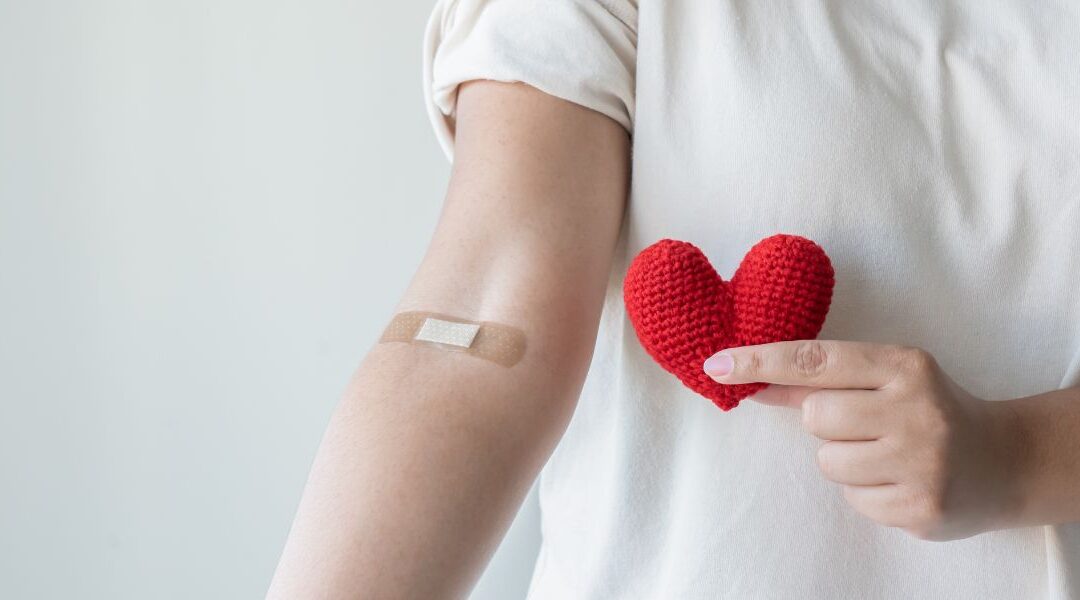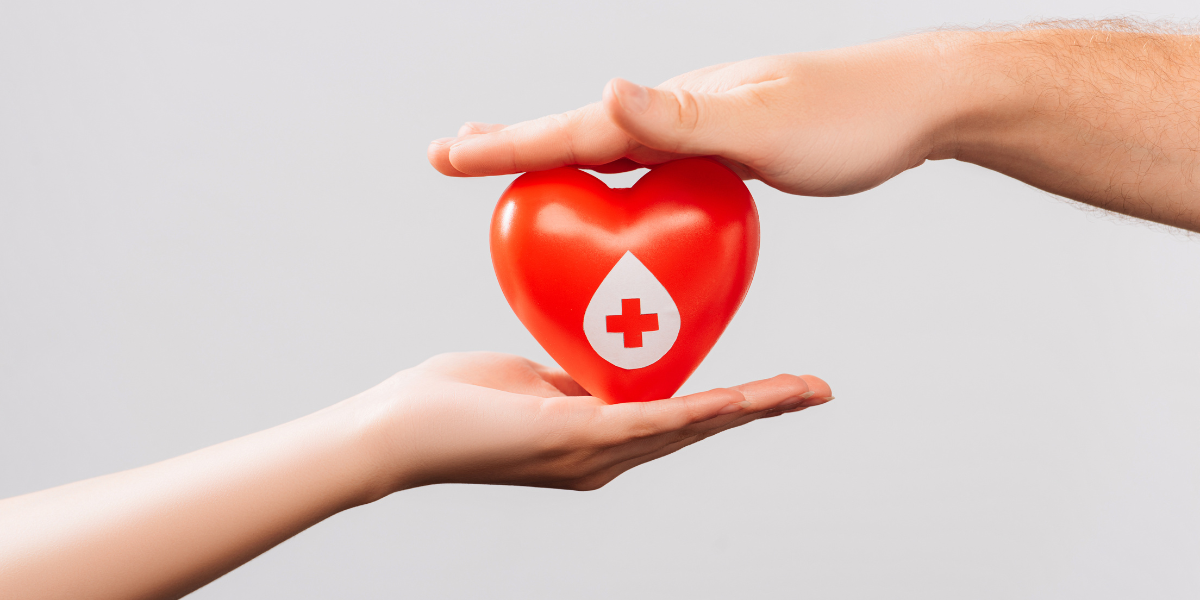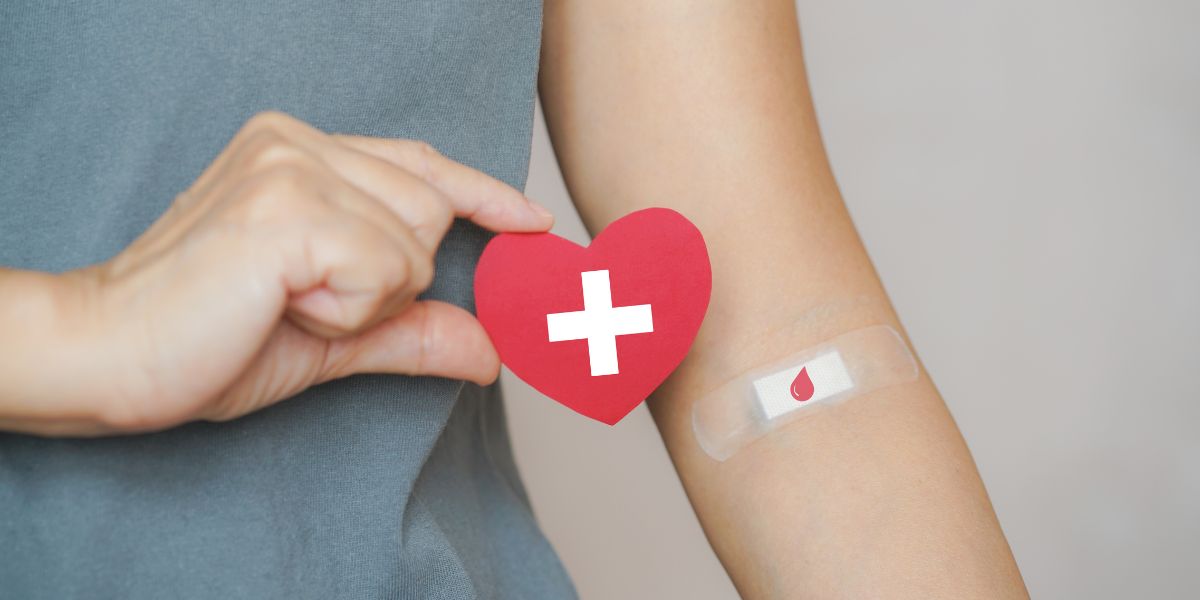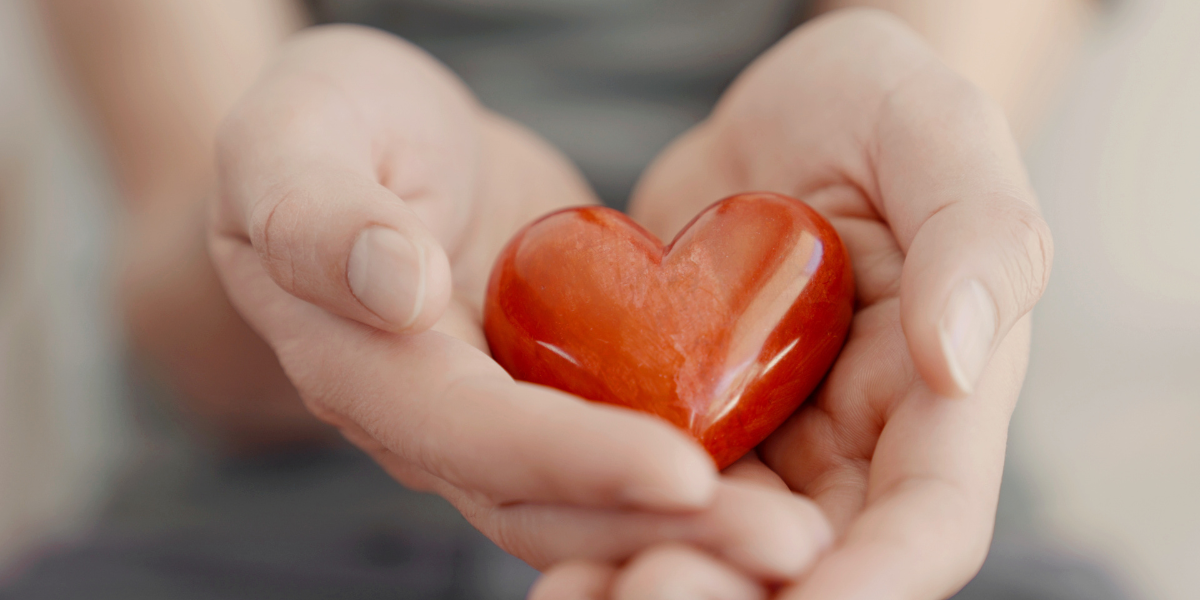Every day, tens of thousands of people need donated blood and blood products to keep them healthy or even stay alive. Every year in the US alone, 21 million blood components are transfused: blood is needed every two seconds. For some, that would be enough to schedule a blood donation, but, as a blood bank ourselves, we would still like to highlight more about the importance of blood donations.
Click Here to See the Important Blood Donation Stats
Donating blood is a community responsibility because blood banks are local institutions serving local hospitals to meet local needs. Blood is critical for our bodies for many reasons: as you likely know, blood is composed of several components. These cells help support and maintain our body tissue, including:
- Red blood cells are filled with hemoglobin and carry oxygen from our lungs to the rest of our bodies,
- Platelets help blood to clot when injuries occur, and
- Plasma provides plasma proteins and coagulation factors to the different parts of the body that needs them.
Donating blood replenishes the body’s ability to perform these needed tasks. Therefore, it is not an exaggeration to say giving blood gives the gift of life.
Many patients with a variety of medical issues can benefit from blood donations. There is a common misunderstanding that accident victims are the patients who need the most blood, but the data shows that the people who need blood most include those:
- Receiving cancer treatment
- Undergoing orthopedic surgeries
- Undergoing cardiovascular surgeries
- Being treated for inherited blood disorders.
Women with complications during pregnancy and childbirth, children with severe anemia, and, as mentioned, accident victims need blood donations, as well.
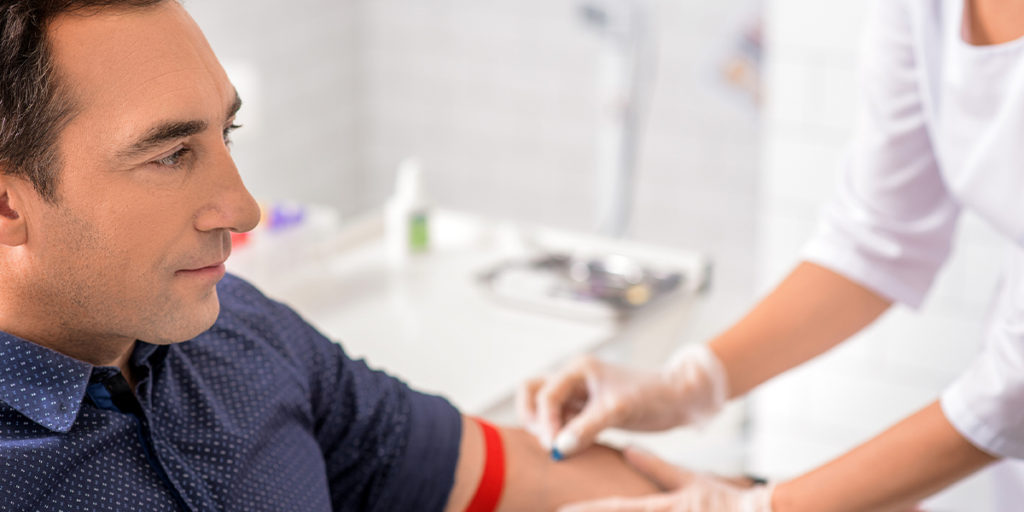
Blood banking is a community responsibility we are proud to fulfill.
There is an issue, though. Not everyone can give blood. There are a number of restrictions that, in total, bring the available population of blood donors down to 37% of the country’s population. Unfortunately, though, less than 10% of that population actually do so on an annual basis.
There are several types of blood donations, but a whole blood donation (which includes the donation of all the contents within the blood) can help up to three patients. A single unit of blood can be separated into the different components mentioned above. Importantly, blood cannot be manufactured. Even with the advancements in medical technology that have been made, there is no artificial replacement for blood.
As you can see, there are many reasons why blood donations are essential for the health of the community, and we need generous people to donate blood and save lives.


